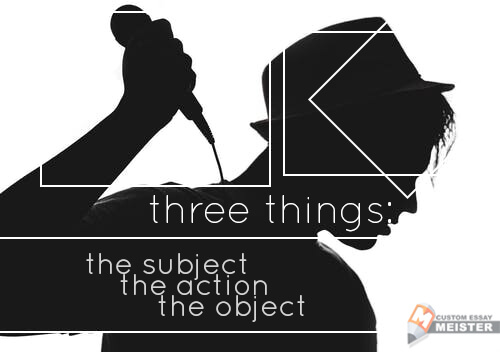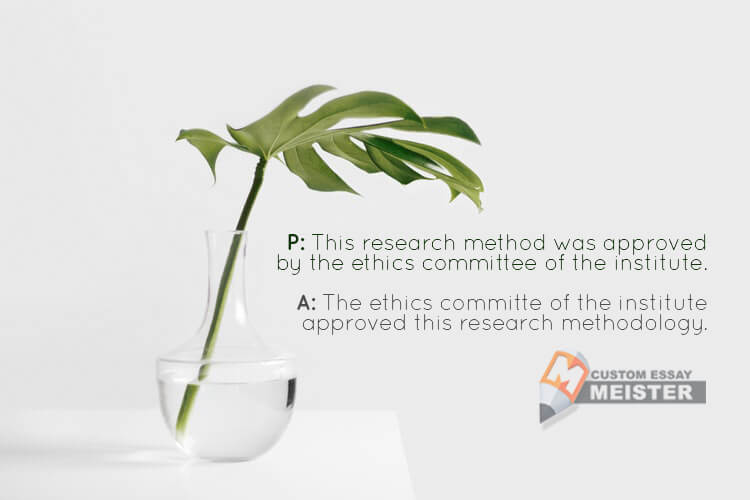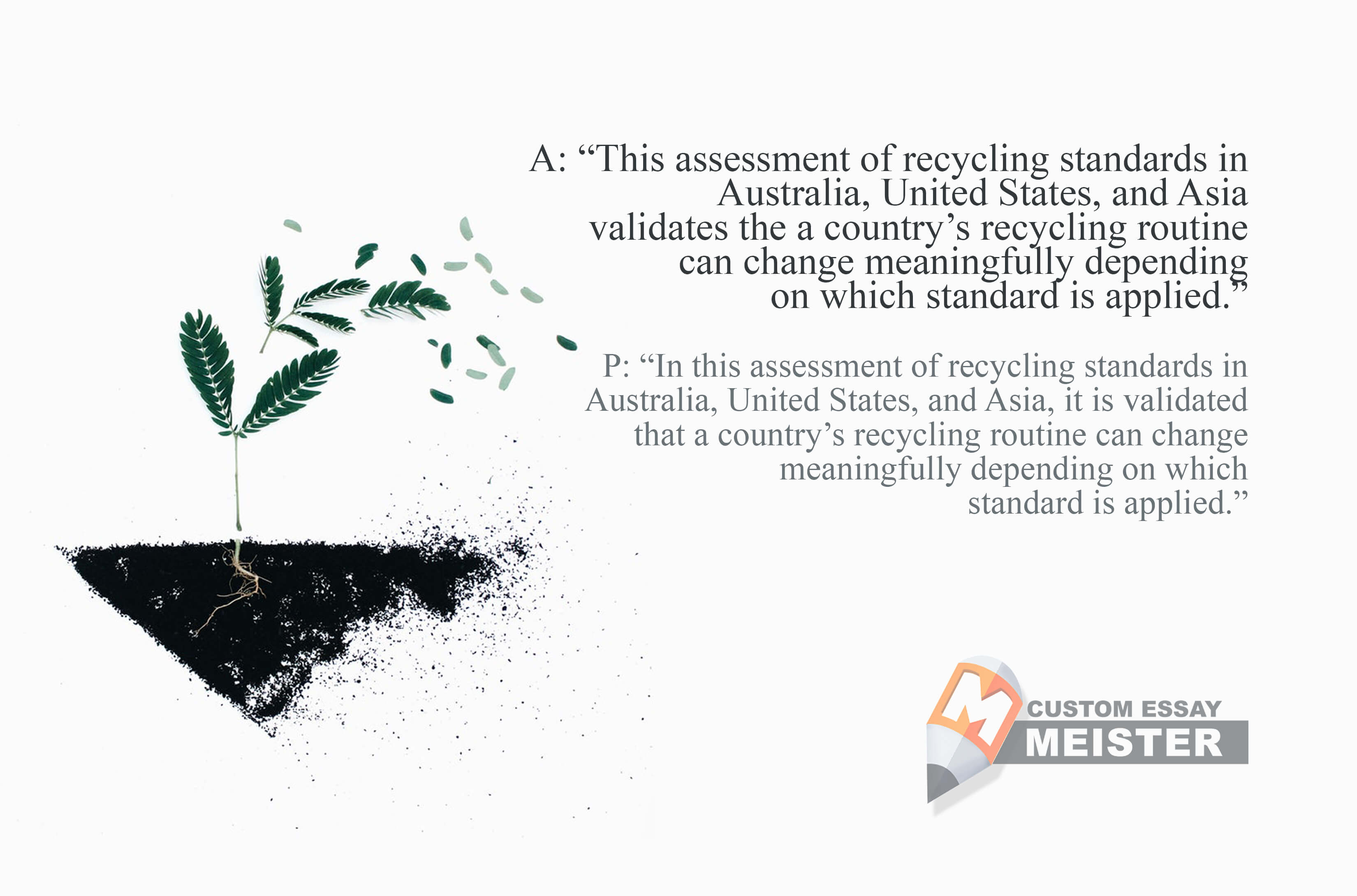The Rules of Passive and Active Voices in Writing
Time to review your old notes from your previous English classes. This is frequently a source of confusion, sometimes even among students in higher academic levels. It would not hurt to review a little, right? Mastery of this will equip you with a better ability to discern and analyze literature. Be confused no more.
What is active and passive voice?
Going back to the basics should help you understand the use of active and passive voices better. A sentence is in a passive voice when the subject of that sentence is the object being acted on. The active voice, on the other hand, is where the subject does the action directly.
In the 20th century, the use of passive voice was dominant in scientific writing, however, there came an apparent shift in consensus overtime. Most of the writing guides, such as the APA 6th edition , prefer the active voice for its conciseness and clarity. The overall opinion of some scholars is that writing becomes flat when using the passive voice, and implies a sense of responsibility evasion in writing - this follows for any form of writing. Some scholars emphasize the fact that the active voice was the dominant form, up until the start of the 20 th century - this is where the trend of objectivity rose and became favored. The passive voice is believed to make content vague to readers, consequently making them lose sight of a prose’s relevance. In the art of writing, however, these polarized views can often become disconnected, so there is a need to practice balance when using the two voices depending on the context of use.
As we go along, recall our basic sentence formation elements:
- The Subject (S). The subject is the doer of the action.
- The Transitive Verb (TV). The transitive verb is the action.
- The Direct Object (DO). The direct object is the receiver of the action.
Generally, the use of passive and active voices is a fundamental distinction in the English language, which can cause confusion to writers, even to native English speakers. Students learning the language are often taught to avoid using the passive voice, directly equating it to being “weak”. The truth is, the choice between the active and passive voice only has a slight degree of difference. It actually depends on the ideas you try to express, as well as the conventions surrounding the discipline you are writing for. With this context in mind, the passive voice is the appropriate choice over the active voice due to its subtle sophistication. However, the active voice remains to be the better choice for most contexts.
To put it simply, the active voice highlights the subject which performs the action, or the “actor”. The passive voice, on the other hand, stresses on the recipient of the action or the action itself.
When should I use passive and active voices?
Some people stress that sentences should mostly be written in the active voice simply because active voice can make your writing more concise, since using the passive voice typically requires more words. When written poorly, the passive voice can sound vague and awkward, especially in sentences where the subject is only implied. This, however, does not mean that the passive voice should be avoided altogether, as it serves its own purpose. For example, many authors utilize it as a tool in fiction writing, specifically, in mystery genre because they can hide their Easter eggs between the lines.
As you begin the process of writing, remember to always consider whether you should be using the passive or active voice, and again, you have three things to remember: the subject, the action, and the object. Doing this will depend on you as the writer, and what you wish to express and emphasize. If you wish to draw the attention to the doer or the actor, use the passive voice. But, if you wish to focus on the action, then make use of the active voice.
Active and passive voice examples
The use of passive and active voices already bring native English speakers trouble, which means that it also wreaks havoc to the rest of the world. To further understand the use of the passive and active voices, here are some examples:
One:
In this case, the sentence on active voice ("The cat chased the mouse.") works better because it is concise, whereas, the passive voice ("The mouse was chased by the cat.") feels cramped. Both sentences mean the same thing, but the obviously, the clearer statement is the one written in active voice. For these sentence, the subject is "the cat", the transitive verb is "chased", and the direct object is "the mouse".
Two:
There are many instances where we find ourselves not wanting to draw attention to the subject, especially when incorporating an element of mystery, or simply, the subject is unknown.
In this example, the speaker is unaware who stole the phone and wallet, which makes the use of the passive voice appropriate. The active voice alternative would be “ Someone stole my phone and wallet.” The subject here (Someone) does not bear any significance to the sentence simply because the subject is unknown, and taking that subject away will not alter the meaning of the sentence.
Three:
Now that the basic distinctions between active and passive voice have been clarified, here are more complex and realistic examples of how these voices are used in academic writing.
In this example, the speaker wishes to highlight the type of the interview since it bears the weight of the statement, unlike the subject which barely has a significance to the statement. In fact, this sentence can still be shorter with its meaning still remaining intact by simply removing the subject altogether - "The phone interview was conducted."
Four:
Note that utilizing the third person perspective is a must when it comes to academic writing, unless you are writing a reflection . Here, the authors wish to emphasize the aspect of their methodology, which is the choice of software. This makes their use of the passive voice appropriate.
Five:
Again, in this example, the authors highlight that their research methodology was approved. This piece of information is far more important than the entity who approved of the methodology, thus making the use of the passive voice acceptable.
Six:
In this case, the active voice proves to be the better choice. A paper’s literature review writing section serves to define the most important contributions already in the field, which makes the emphasis on the authors important – direct, clear, and concise.
The use of the passive and active voices highly depends on which section of the academic paper you are working on. Remember that each section contains different goals and areas to emphasize, so this gives you room to determine your use of passive and active voices accordingly. You may use the active voice in your conclusion, should you wish to highlight the results, accomplishments, and contributions of your paper.
Seven:
In this example, the active voice is the stronger, thereby making it the preferable choice. Again, direct, clear, and concise.
To sum it all up, you can use both the passive and active voices in scientific and academic writing . However, always consider which part you should emphasize. A friendly advice though, if it becomes a little too complicated, for whatever reason, opt for the active voice as it is more acceptable in most writings.
Ghostwriting services for college students
Writing isn't everyone's strong suit. Some may find it hard to understand the difference between active and passive voice, and there's nothing wrong with that. Every person have different strengths. Luckily, CustomEssayMeister has a team of writers who are skilled and trained to write almost anything. Our services ranges from writing custom essays, custom term papers, custom case studies, and custom research papers. We can even simply proofread and edit your work, so you don't have to. Contact us for questions and inquiries, and we'll gladly provide assistance.








